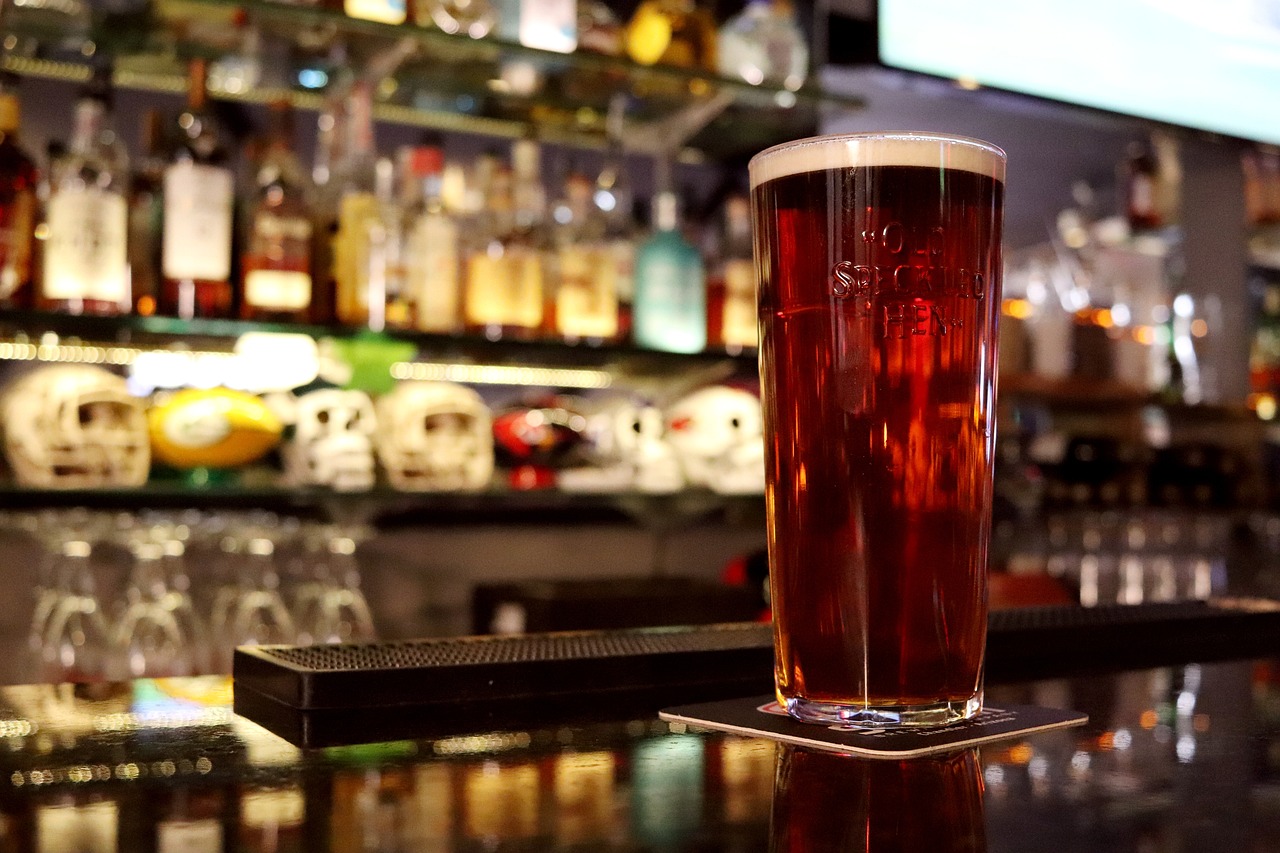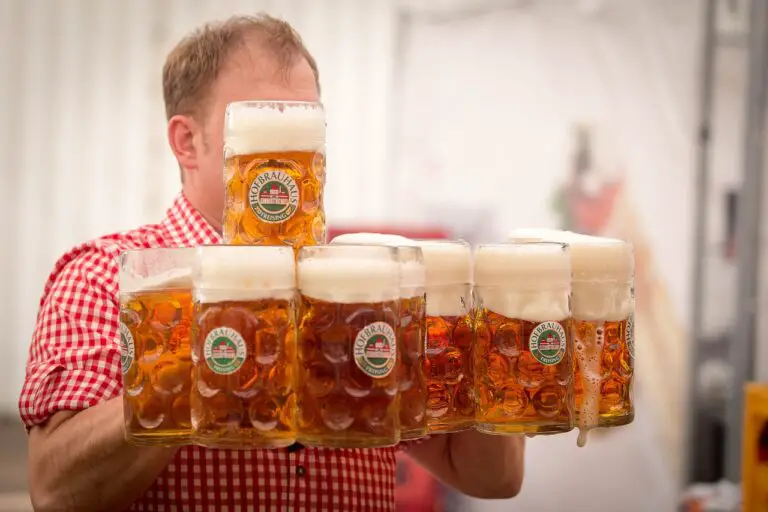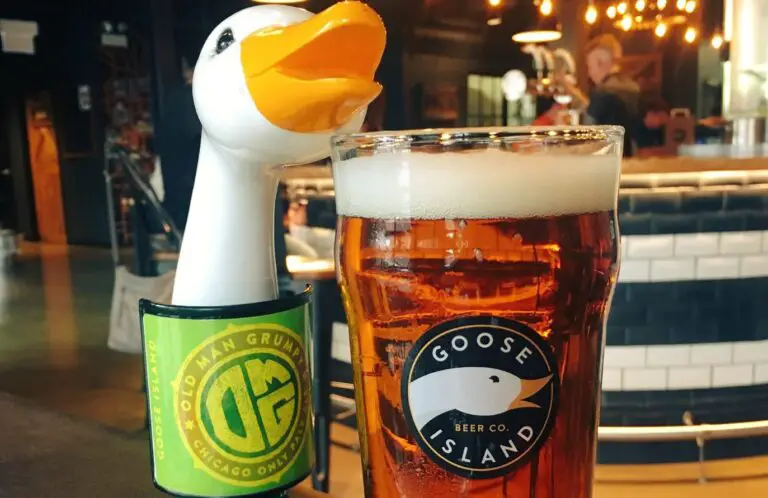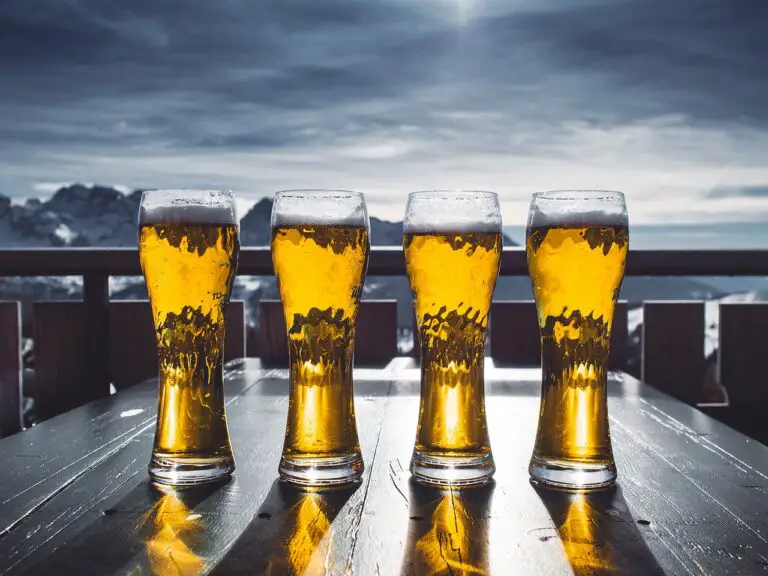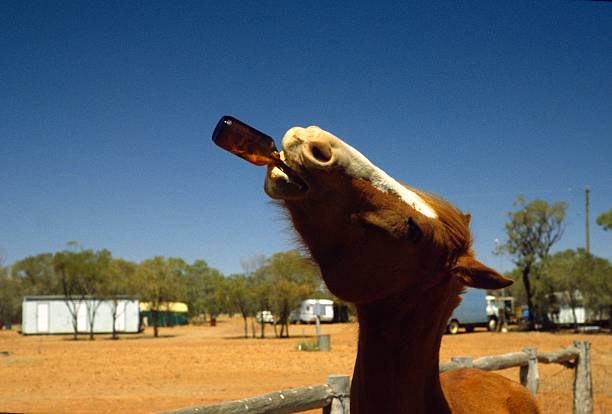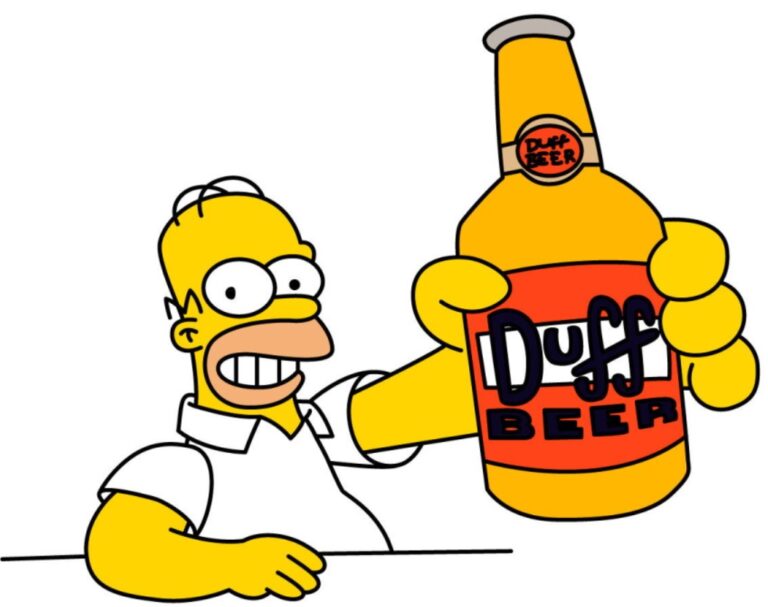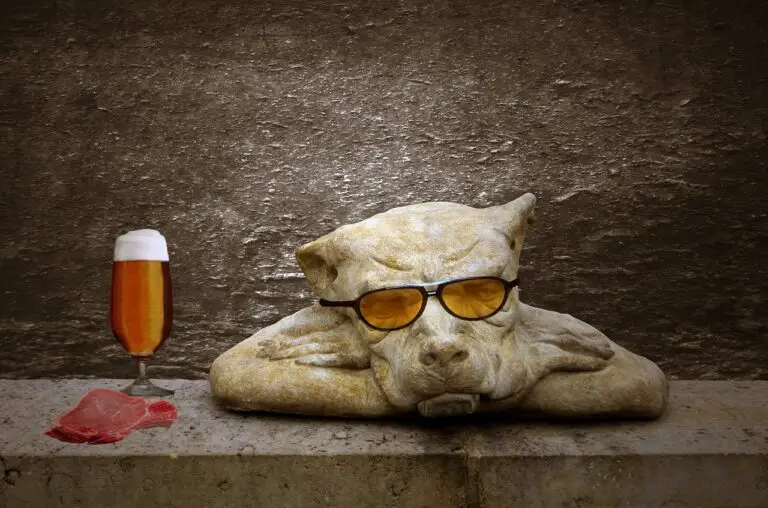Why was Beer Banned in Iceland?
Whaaat? Beer was banned in Iceland? Why was beer banned in Iceland?
Did Iceland really have a nearly 75-year ban on beer? It might sound unbelievable, but from 1915 to 1989, Iceland had a prohibition on everyone’s favorite frothy beverage. Yes, you read that right—beer was deemed illegal in this picturesque Nordic nation for a considerable stretch of its history. So, what led to this unusual ban, and how did it finally come to an end? Join us on a journey through time as we unravel the fascinating story of Iceland’s long-standing, yet eventually lifted, ban on beer.
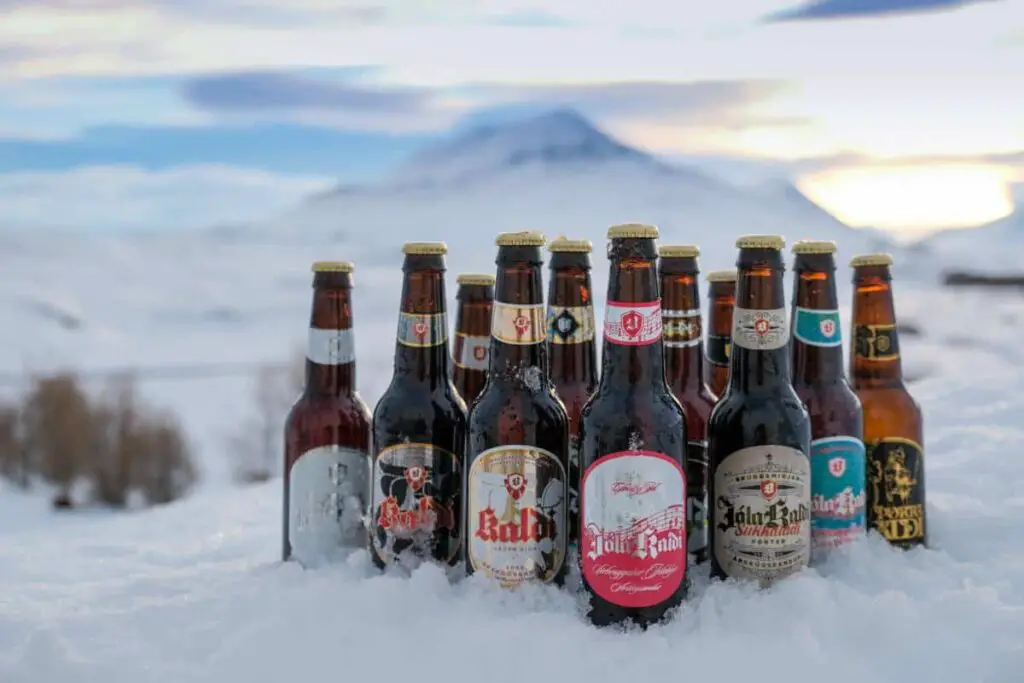
Prohibition in Iceland – The Historical Background
The historical background of alcohol and beer in Iceland is essential to understanding how the prohibition law came about in 1915. In the late 19th and early 20th centuries, Iceland was undergoing significant social and political changes. The temperance movement gained momentum globally during this period, fueled by concerns about the social and health impacts of alcohol consumption. In 1908, the Icelandic Temperance Society, ÁTVR (Áfengis- og Tóbaksverslun Ríkisins), was established, advocating for abstinence from alcohol and tobacco.
In 1915, Iceland enacted the Prohibition Law as a response to these temperance sentiments, marking the beginning of strict alcohol regulation. Initially, the law did not explicitly ban beer, but it imposed stringent regulations and high taxes on alcoholic beverages.
However, by 1915, beer came under increased scrutiny and was eventually included in the prohibition laws. This marked the commencement of a unique chapter in Icelandic history, where beer, despite its cultural significance worldwide, faced legal restrictions for several decades. The motivations behind this prohibition were deeply rooted in concerns about public health, morality, and societal stability, reflecting a broader global trend towards temperance and abstinence.
The opposition to beer in Iceland was notably pronounced among Alþingi members from rural areas and traditional socialist parties. This resistance was rooted in a mix of cultural, social, and economic factors. In the early 20th century, rural communities in Iceland often held more conservative values, and the traditional socialist parties, despite their focus on workers’ rights, were aligned with the temperance movement’s ideals.
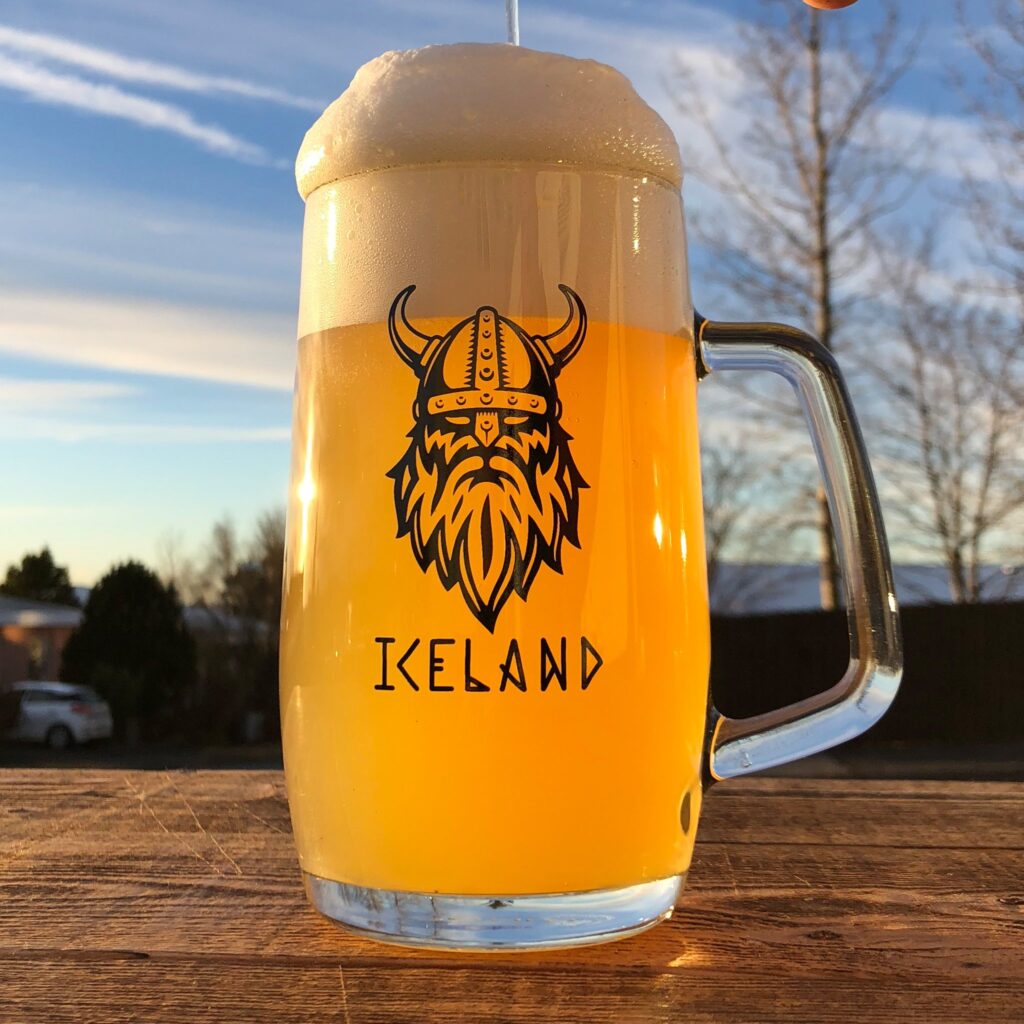
One significant aspect of the opposition was the concern about the affordability of beer. It was seen as a cheap alcoholic beverage, making it accessible to a broad demographic, including young people. Critics argued that the affordability of beer could potentially lead to increased alcohol consumption, particularly among the youth, and contribute to social issues such as public disorder and family problems. The fear was that cheap beer could have a negative impact on the overall well-being of Icelandic society.
This opposition manifested in the political arena, with members of Alþingi, especially those representing rural constituencies, advocating for stringent regulations or outright bans on beer. Their arguments often centered around maintaining societal order, preserving traditional values, and protecting the health and welfare of the population.
The connection between opposition to beer and rural conservatism highlights the complex interplay of cultural and political factors during this period. While urban areas might have been more receptive to changing attitudes towards alcohol, rural communities and traditional political factions resisted these shifts, contributing to the persistence of the beer ban in Iceland for several decades.
New Laws on Prohibition
In 1921, Iceland faced a significant turning point in its alcohol policy. The ban on alcoholic beverages, including beer, was partially lifted due to economic pressures. Spain, a crucial trading partner, refused to purchase Iceland’s main export, fish, unless Iceland reciprocated by buying Spanish wines. Faced with economic consequences, Iceland had little choice but to ease its stance on alcohol, allowing the import and sale of wines.
However, the modification in 1921 did not extend to beer, and it wasn’t until 1933 that another pivotal moment occurred. Following a national referendum, there was public support for legalizing spirits, leading to a change in Iceland’s alcohol regulations. Despite this shift, strong beer, defined as beer with an alcohol content exceeding 2.25%, remained excluded from the legal changes in 1935. This exclusion was a deliberate decision to appease the temperance lobby, which argued that allowing beer, being cheaper than spirits, could lead to increased societal issues and moral depravity.
The temperance lobby’s concerns persisted, and strong beer remained banned for several more decades. The argument against beer’s legalization centered on the belief that its affordability would make it more accessible, particularly to younger individuals, potentially leading to excessive drinking and social problems.
The gradual evolution of Iceland’s alcohol regulations continued, but it wasn’t until March 1, 1989, that the ban on strong beer was finally lifted. The decision to end the prohibition on beer marked a significant societal shift, reflecting changing attitudes towards alcohol consumption and a departure from the concerns that had initially led to the beer ban in the early 20th century. The lifting of the ban in 1989 was met with celebration, and it symbolized the end of a unique chapter in Icelandic history, where beer, once a prohibited beverage, regained its place in the country’s culture and social life.

Wrapping It Up
In the end, Iceland’s journey with the beer ban and prohibition reflects a fascinating interplay of cultural, economic, and political factors. From its initiation in 1915 to the partial lifts and exclusions over the decades, the story is one of evolving attitudes and compromises.
The ban, rooted in concerns about societal well-being, affordability, and traditional values, eventually gave way to changing perspectives. The lifting of the beer ban in 1989 marked not just a legal shift but a cultural milestone, bringing an end to a unique chapter in Icelandic history. Today, with a cold brew in hand, Icelanders can toast to the intriguing tale of a once-forbidden beverage reclaiming its place in the land of fire and ice. Cheers to the evolving spirit of Iceland!

I am a young architect with a passion that goes beyond blueprints… it’s beer! undertherosebrewing.com is more than just a blog, it’s a manifestation of my lifelong dream to explore, read, and learn everything about beer. Join the blog on this unfiltered and genuine adventure into the heart of beer culture. Cheers!

